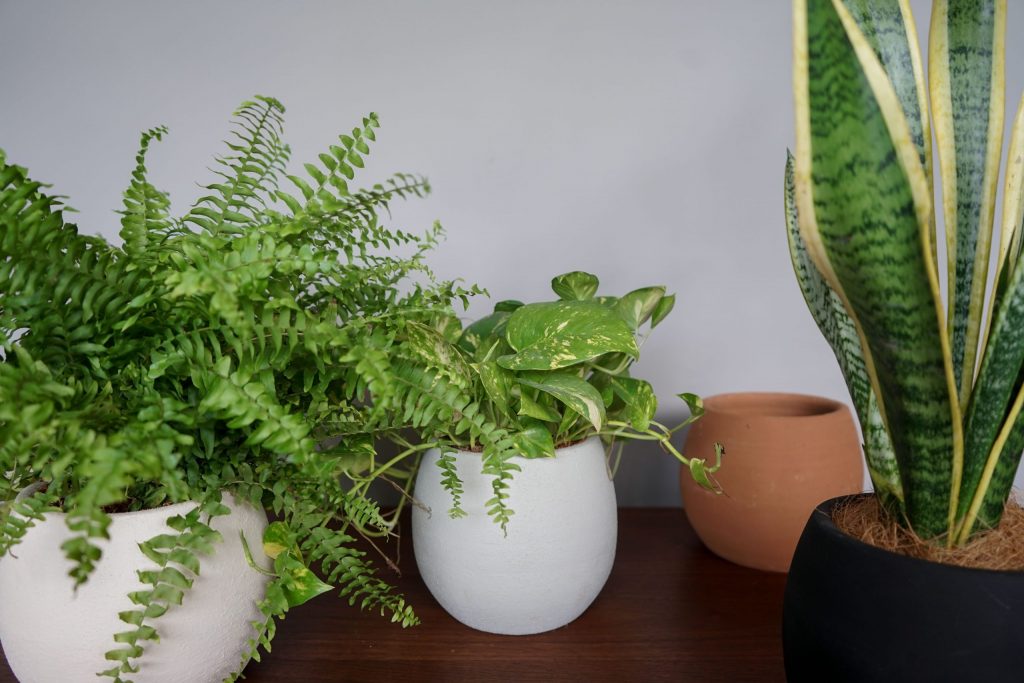Keeping house plants serious areas of strength for looking solid is anything but a simple undertaking. There is nobody for-all cures that will guarantee all plants are cheerful. A few plants for example, will require more water than others. There are plants that require loads of daylight, while others like to be kept in the shade. Others actually will require the moistness in their current circumstance to be higher than the stickiness one more gathering of plants will appreciate.
The Benefits of Preparing Blends
Most of regularly accessible preparing blends comprise of a base of halfway decayed materials, like bark or peat greenery for instance. Different fixings like for example, Vermiculite, sand and Perlite – are added to the manure to help air course and seepage. Preparing fertilizer would not just give plants the essential help to stop them falling over, it additionally stores water and the supplements the house plant’s underlying foundations need.

The Elements of Preparing Blend Parts
- Peat greenery – Filling in as the fundamental element of most house plant manure available today, peat greenery a brown, coarse powder comprises of to some extent disintegrated, ground up marsh plant material. Ideal for African violets, begonias, greeneries and different plants with an inclination for clammy conditions, peat greenery works on the maintenance of water and keeps the manure light.
- Sand – Agricultural sand or very much washed sand is liberated from undesirable pollutions and salt liable to hurt house plants and dries out rapidly. It is added to the blends for desert flora, different succulents and palms used to sandy local natural surroundings to give rapid seepage as these kinds of plant require little water.
- Bark – The huge pieces of incompletely deteriorated twigs, bark, stop the tight compacting of a preparing medium in this way helping waste and keeping air flow ideal. This sort of material is commonly added to blends for bromeliads orchids and comparative plants.
- Perlite – The little white puffs found in preparing blends intended for house plants are Perlite, a substance produced using extended volcanic stone. On account of thousands of minute air pockets, Perlite can quickly absorb and afterward discharge water which is ideal for seepage and generally speaking water guideline. Preparing Plantshopper blends for succulents have an especially high amount of Perlite added to them for this very reason.
- Vermiculite – Delivered from regular stores of minerals, Vermiculite seems to be like small chips of gold. It is added to many preparing blends to help air circulation and retain water and minerals which are then leisurely, delivered into the medium. This material can absorb and in the long run discharge products of its own load in minerals and water.
Finding opportunity to find out about these prerequisites and observe the elements of a sack of fertilizer prior to buying it will assist with guaranteeing a blissful sound life for house plants for quite a long time into the future.